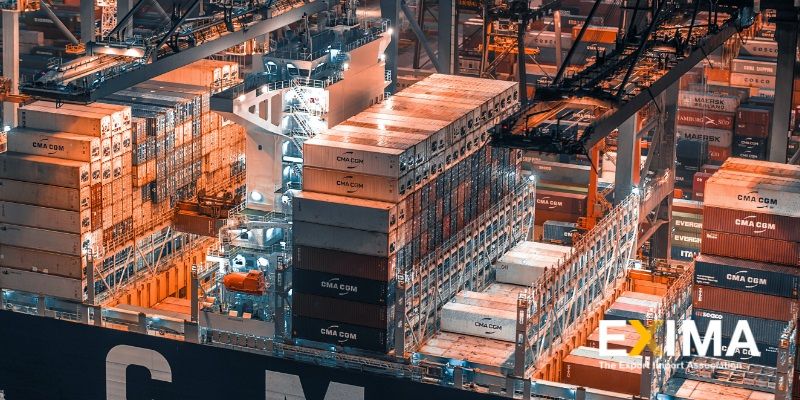Consumers are demanding more insights into supply chains. Why? Because they want to know where their products come from and how they were produced.
There are several reasons for that shift in consumer behaviour: First, consumers are getting more health conscious. That’s especially important with food products and anything related to children. Consumers want to make sure that what they buy doesn’t cause any harm to their health or their loved ones.
Second, consumers are increasingly demanding eco-friendly products that don’t cause any harm to the environment. That trend also affects investing, where ESG (environment, social, governance) factors increasingly play a role.
And third, consumers want to make sure nobody else has to suffer during the manufacturing process. Media campaigns have made consumers aware of fair trade and humane manufacturing practices.
What does blockchain have to do with that?
When most people think about blockchain, they think about cryptocurrencies, cross-border payments, or the benefits of blockchain in e-commerce. But blockchain also brings major changes to supply chain management, shipping, cargo exporting, clearing, and forwarding.
The key innovation of blockchain is that it creates an immutable database where nobody can alter or manipulate data, and no central actor is needed to manage the database.
In supply chain management, all supply chain participants can upload certain documents onto the blockchain, and end consumers can see and verify those documents.

An example: tracing Australian beef
Let’s say you want to buy Australian beef from, well, Australia. How do you know it’s really from Australia? How to know how the cows were treated and how the meat was shipped? Today, you have no way of knowing.
Bring in the blockchain: The producers can upload proof-of-origin documents to the blockchain. They can also be required to upload proof that animals were treated humanely.
Next, the shipper can upload proof of when the beef is shipped. Sensors can supervise the cooling temperature during shipment and upload that data directly to the blockchain. The importer can upload a timestamp of when the beef was received and when and how it was shipped to the store.
Consumers can scan a QR code on the package with a mobile app when they buy the final product in their local supermarket. All supply chain data stored on the blockchain will become visible to the consumer, enabling them to trace products back to their origin.
Blockchain-based trade portals
Such blockchain-based supply chains are the future and are also increasingly present. Trade platforms like Export Portal already use a blockchain infrastructure to facilitate international and regional trade.
Export Portal uses the blockchain to enable a secure peer-to-peer exchange of documents and funds. That makes supply chains faster and more efficient, and also more secure. In the future, companies will increasingly rely on such blockchain infrastructures because it’s operationally efficient, and consumers will demand more transparency.
Let EXIMA Help You
EXIMA’s ultimate goal is to provide our users with all the knowledge we have on international trade. For more trading information, make sure to check out our other articles here!









